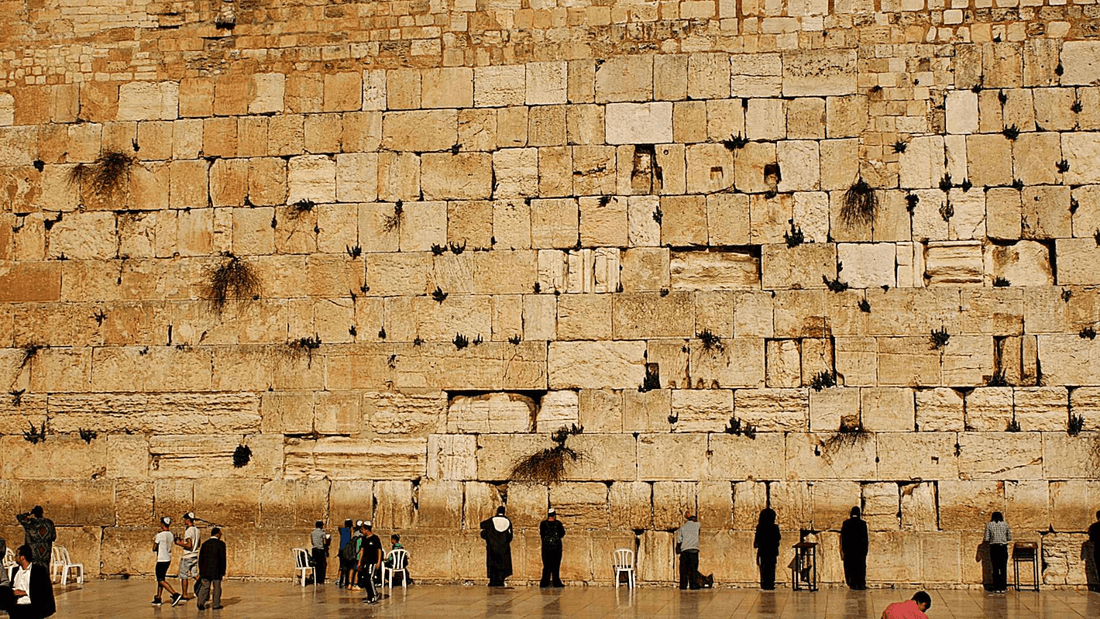
How important is the history of the Western Wall to visitors to Jerusalem?
Share
The Western Wall, also known as the Kotel, is one of the holiest sites in Judaism and holds great historical and spiritual significance, attracting visitors from many backgrounds. Here are some points that highlight its importance:
Religious Meaning
1. Sacred Site: The Wall is what remains of Solomon's Temple and Herod's Temple, which were centers of Jewish worship. For Jews, it is a place of prayer and reflection, representing the connection with God and the history of the Jewish people.
2. Prayer and Lament: The name "Wailing Wall" comes from the lamentation over the destruction of the Temple and the Jewish diaspora. Visitors often write prayer requests on small pieces of paper and place them in the cracks in the wall.
Historical Importance
1. Symbol of Resistance: The Wall is a symbol of the perseverance and resistance of the Jewish people throughout history, especially during times of oppression and exile.
2. Historical Events: The site has witnessed significant events over the centuries, including the Roman conquest and wars between different empires. It represents the rich and complex history of Jerusalem.
Cultural Experience
1. Diversity of Visitors: The Wall attracts not only Jews, but also Christians, Muslims and tourists from all over the world. It is a place where people of different cultures and beliefs come together in an environment of respect and spirituality.
2. Ceremonies and Festivities: The Wall is the site of several religious ceremonies and celebrations, such as Bar Mitzvahs, which attract visitors and provide a rich cultural experience.
Visiting the Western Wall is a profound and meaningful experience for many, not only because of its religious value, but also because of its historical and cultural significance. It serves as a meeting point for reflection, mutual respect and understanding of the diverse narratives that make up the history of Jerusalem and the Jewish people.

